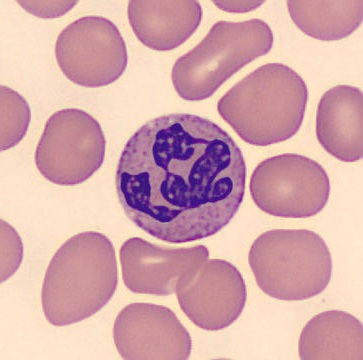Blood Test Results understanding bloodtest
 Published: 25 Jun 2024
Published: 25 Jun 2024
Blood Tests and Heart Health
Overview
Blood tests provide valuable insights into your heart health. They can detect risk factors such as:
* Smoking
* High blood pressure
* High cholesterol
* Diabetes
Blood Components and Heart Health
* Red and white blood cells: Represent peripheral cells and can indicate infections or other systemic issues.
* Serum/plasma: Contains elements that can help diagnose heart failure or atherosclerosis (plaque buildup in arteries).
* Essential elements: Found in both intracellular (within cells) and extracellular (outside cells) compartments, essential elements like selenium play crucial physiological roles.
Lipid Profile
A lipid profile measures different types of fats in the blood. It includes:
* Total cholesterol test: Measures overall levels of LDL (bad cholesterol) and HDL (good cholesterol).
* HDL cholesterol test: Indicates levels of HDL, which helps protect against heart disease.
* LDL cholesterol test: Measures levels of LDL, linked to heart disease and clogged arteries.
* Triglycerides test: High levels of triglycerides can indicate heart problems.
* Total cholesterol to HDL ratio test: Determines an individual's risk of heart disease.
Complete Blood Count, Metabolic Panel, and Lipid Panel
A blood test typically consists of three main components:
* Complete blood count: Assesses red and white blood cell counts, hemoglobin levels, and platelet counts.
* Metabolic panel: Measures electrolytes, liver function, kidney function, and blood sugar levels.
* Lipid panel: Measures various types of fats and cholesterol in the blood.
Additional Considerations
* Irregularities in test results may indicate an underlying medical condition.
* One blood test alone cannot determine the risk of heart disease.
* It's important to analyze test results carefully to understand the specific information they provide.
 Published: 25 Jun 2024
Published: 25 Jun 2024